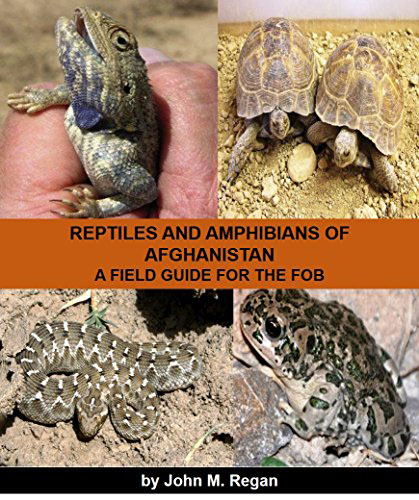
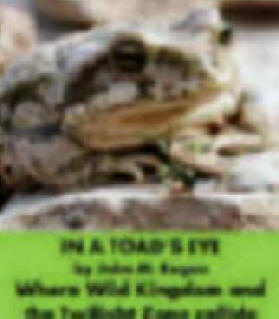
< >
Afghan Arabia Wild
Like everywhere else on the planet the invertebrate life of the Saudi peninsula is extensive and much too immense of a subject for any one source. My purpose here is to at least provide a flavor of that variety and to illuminate some non-backboned surprises. Saudi Arabia is a desert plain and simple; for most of the year it is incredibly dry and hot. Yet wildlife abounds in this environment, especially birds and reptiles. How? Here again the strange Saudi desert has something in common with wildlife the world over - invertebrates provide the foundation of life. Large eats small, small eats smaller. Then where does the invertebrate life get its nourishment from? I'll try to answer that question in the captions below.
Perhaps the most notorious resident of deserts the world over is the scorpion. Pictured above is one of the largest and most toxic species in the region. Adult attain lengths often in excess of four inches. Scorpions generally feed on other small invertebrates. Oddly, though, I have often found them living side by side with termites.
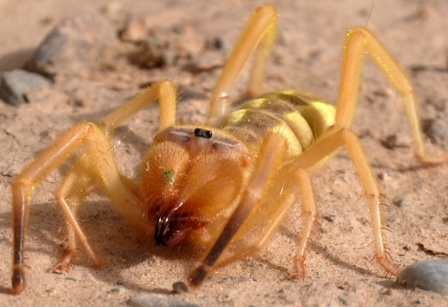
An equally notorious denizen of the desert is the Camel Spider. There are a number of different species throughout the world. Like scorpions these guys will kill and eat just about anything small enough for them to overpower. Unlike scorpions, however, camel spiders are not venomous. But with coppers as powerful as theirs who needs poison? For more information on camel spiders go to this link: Camel Spiders
< >



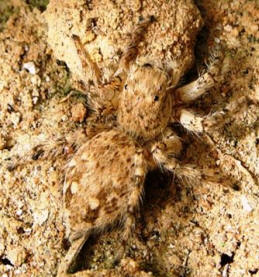
As for the real spiders, Saudi Arabia has plenty. The funnel web spider nest on the left is found often, and there are a number of species that spin webs. Most of the desert spiders I have seen, however, seem to prefer a more active hunting style such at the two jumping spiders pictured above. And you will note the obvious color blend with the desert rocks and sand.
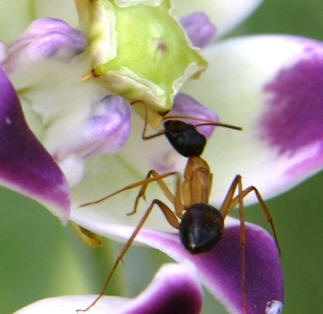
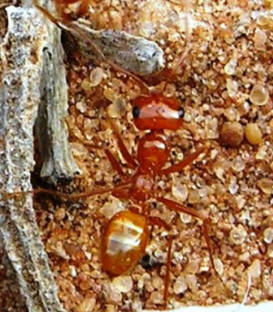
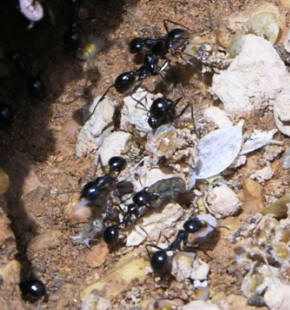
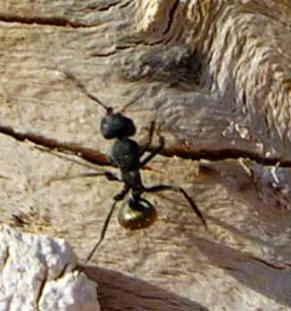
I am convinced that ants will inherit the earth should we ever decide or be forced to give it up. I have yet to see an environment that they do not thrive in and dominate in their niche. The worker on the right is a species I call a Pentagon Flower Ant. This ant, as well as several other kinds absolutely loves the nectar from the five sided flower of this particular tree when it is in bloom. A number of Red Ant species live in Saudi. The tiny black ant pictured above builds very distinctive, flat mounds that spread out in a circle of five to six square feet. On the right is an unusual type ant I have not encountered elsewhere. I call it a Silver Bottom Ant in accordance with the very noticeable silver colored abdomen the insect possesses. This is supposedly an adaptaion to the desert heat; the lighter color reflects some of the sun's rays. The photo really does not do justice to the actual metallic hue.
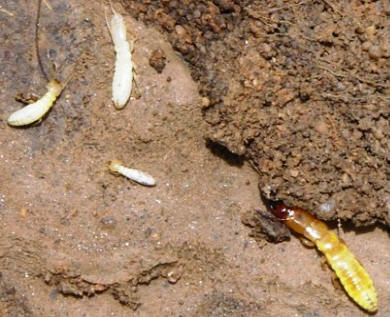
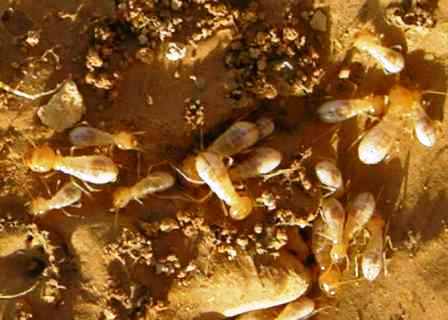
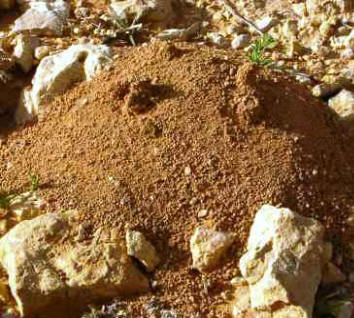
And if the ants ever decide that they've had enough of this planet the termites will be right behind them in worldwide domination. Considering that termites are basically vegetarians their ability to survive in harsh, dry climates is amazing. The long headed termite on the left displays a vivid difference between workers and soldiers. Although this is a common trait among termites, it is very pronounced in this particular strain. I have not seen this long headed termite outside of the Middle East, but the "Round Head" in the center is widespread from the Middle East to Central Asia.
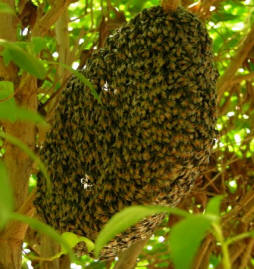
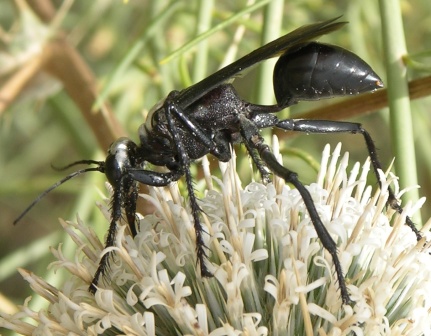
Bees and wasps, while not as common as they are in temperate regions still abound. I walked out of our office one day to discover this large swarm, the size of two footballs, had taken up residence just outside of our door. The giant wasp in the center photo is truly the biggest of its kind I have ever seen. Fully three inches long this monster is a frightening thing to behold.
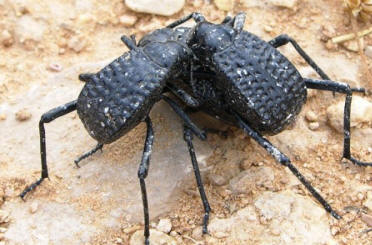


Beetles love the desert! On the left a pair of Dung Beetles compete for rights to fatherhood with the female beneath them. Dung beetles flourish thanks to, among other things, the preponderance of camel herds in the desert. Variations of the red and black beetles are found throughout the world and resemble artwork. The familiar Lady Bug is a resident of the Saudi area, but prefers human habitations where it can find watered vegetation for the aphids it loves to chomp on.

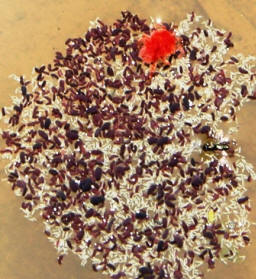
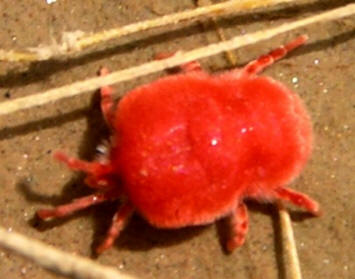
The morning after a rare desert rain I found this unusual red velvet mite. The round, purple mat on the left was about the size of a dime and floating in a clear pool of water. It looked odd so I took a picture of a couple of these things. Later on when I developed the photo and magnified it I found the image you see in the center. Are these mite hatchings? I am not sure. There were a few of these red velvet mites crawling about on drier land.
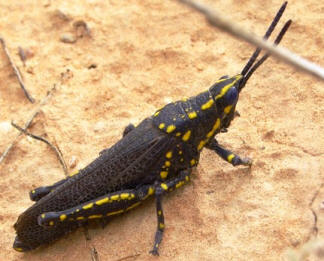

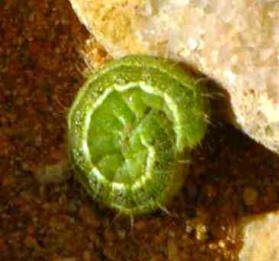
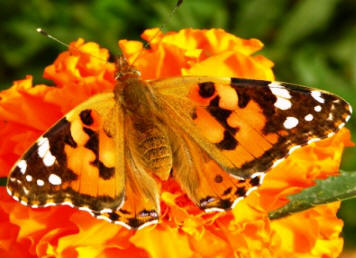
Drab, beige camouflage is the norm for desert animals, but color is vogue as well. I've not seen a black yellow grasshopper like the one on the left anywhere else. The vivid hornworm picture is one of my favorites and a real surprise. Green is an unusual color for the desert, but it happens as is the case with this curled up caterpillar. Butterflies and moths are at home worldlwide.
There is obviously plenty more invertebrate wildlife in every nook and cranny of the Saudi desert. I wish I had more time photographing and studying these animals.
< >